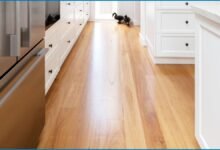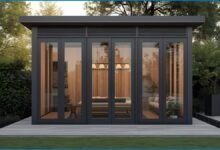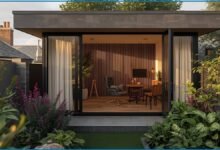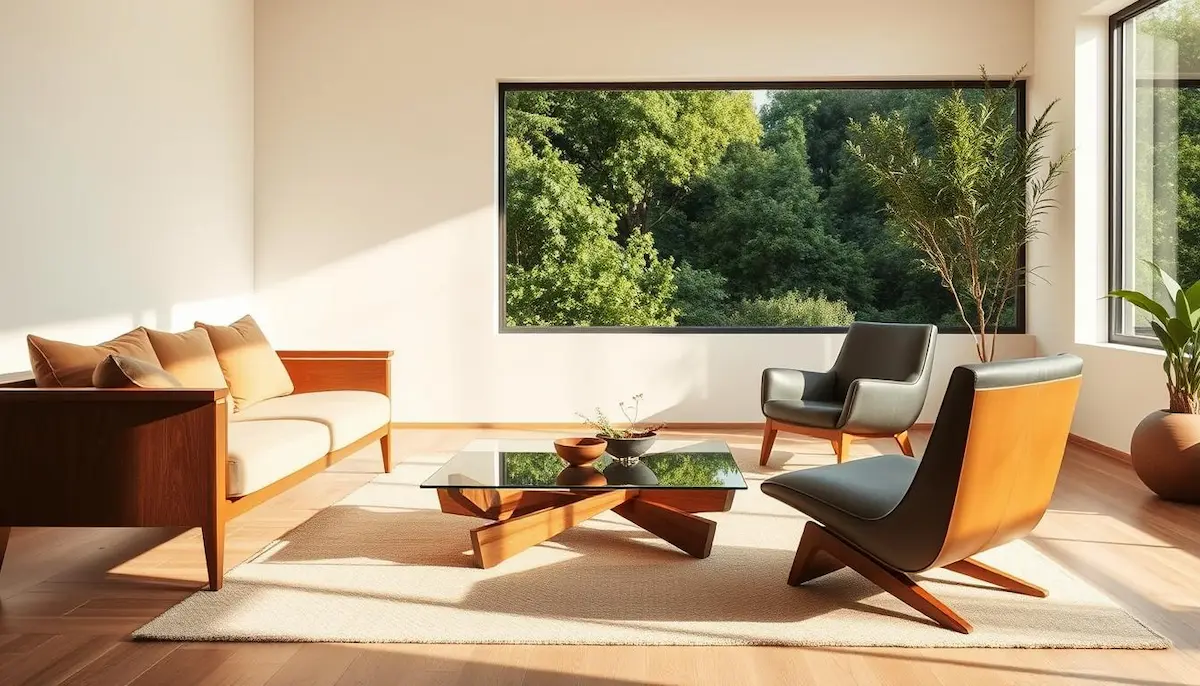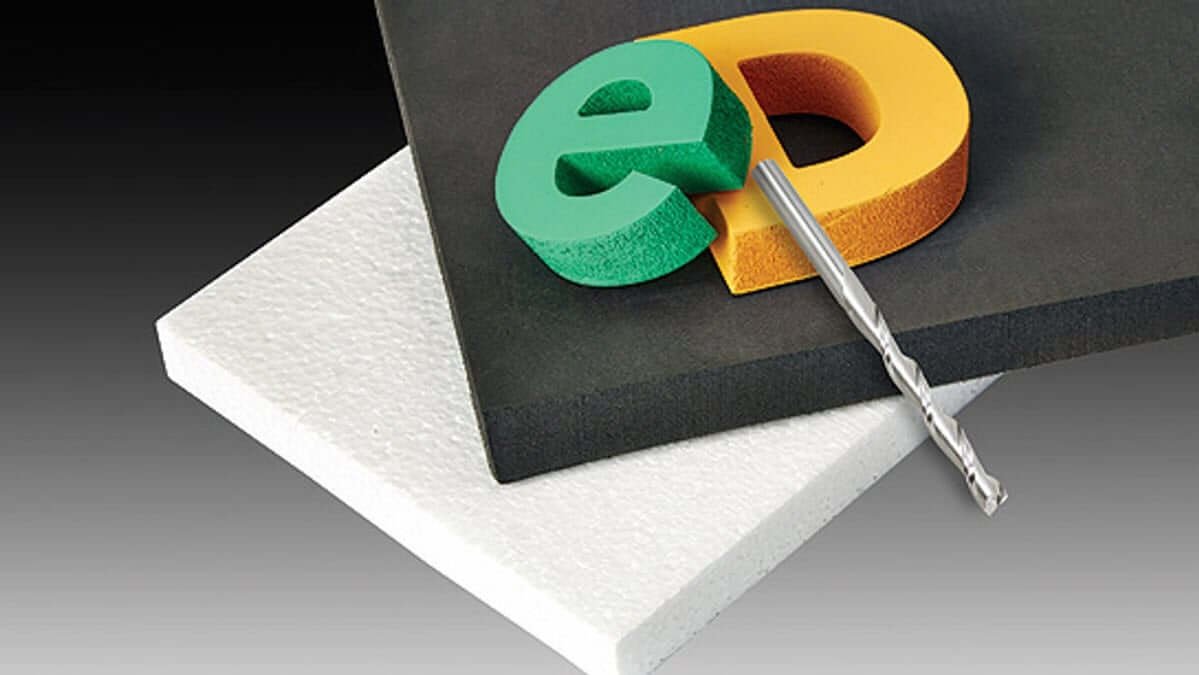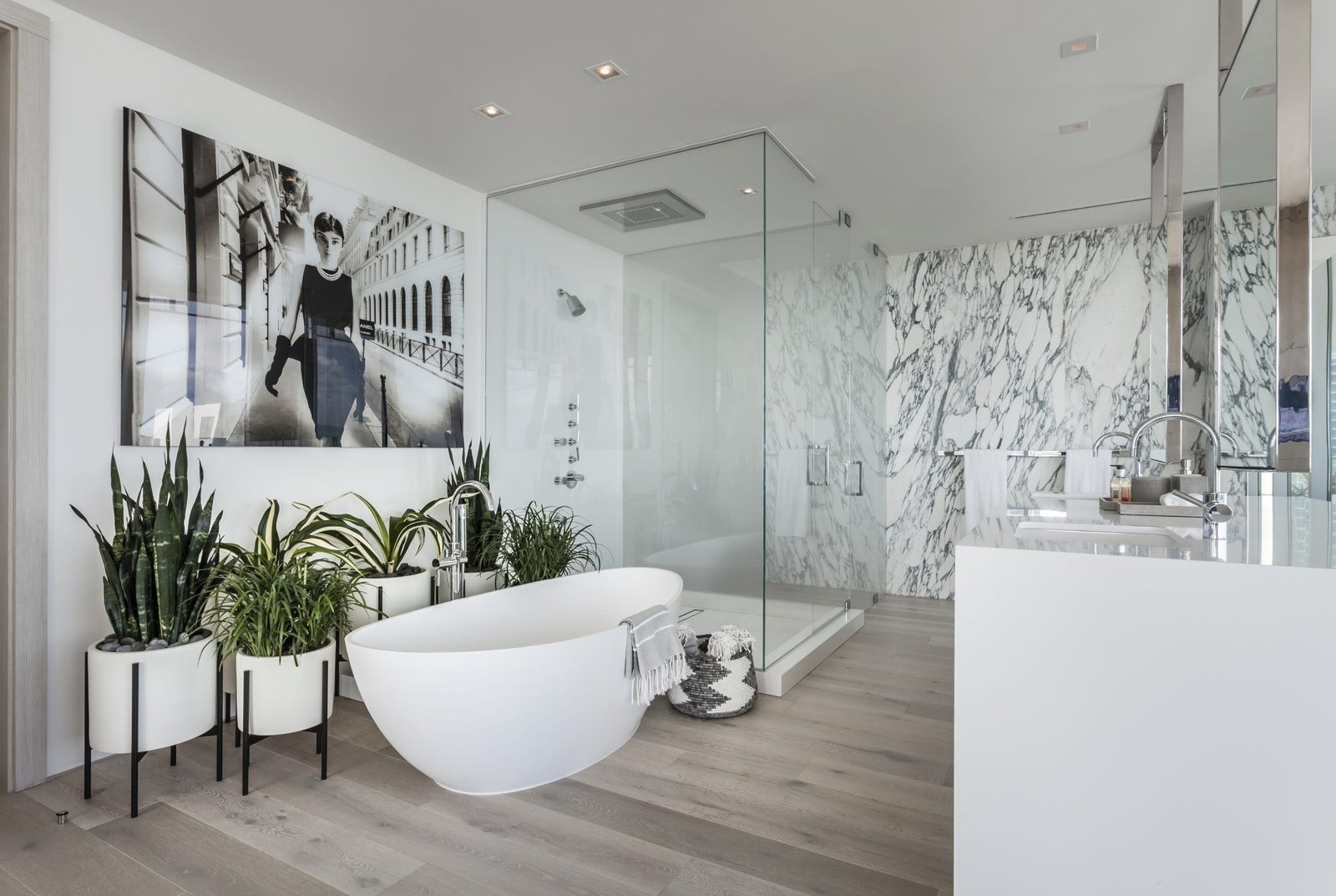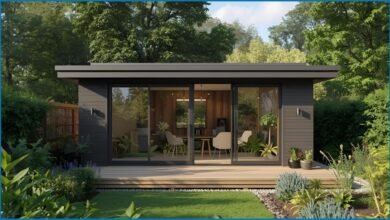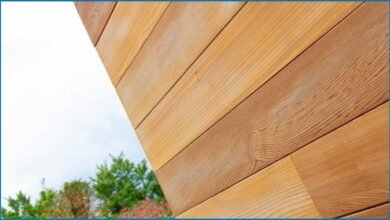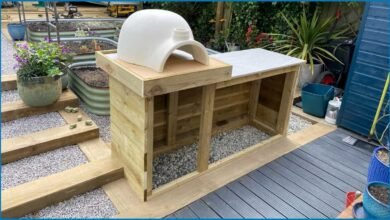Ekki Decking for Civil and Marine Projects: Durable, Sustainable, and Cost-Effective
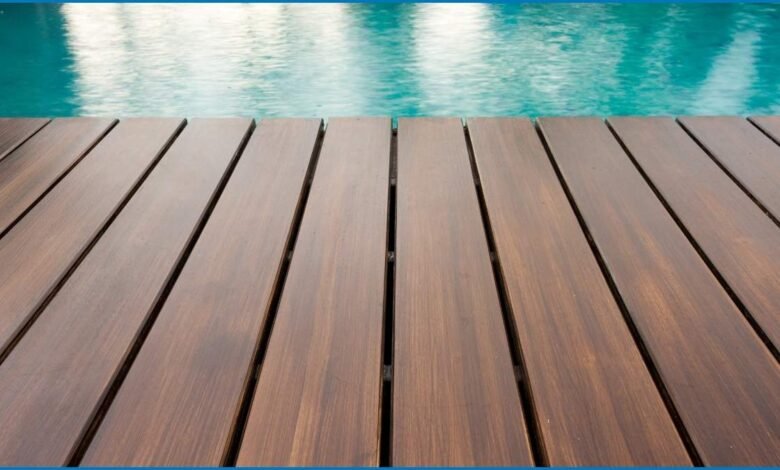
For civil and marine contractors, council asset managers, and design engineers, selecting the right timber for **decking** is a crucial, long-term value decision. **Ekki Decking**, also known commercially as **Azobé**, is a highly durable hardwood that stands out in applications demanding exceptional **strength**, **wear resistance**, and **low whole-life cost**. It’s the ideal material for high-traffic structures like **piers, platforms, pedestrian bridges, river corridors, towpaths, ** and general public access routes. This guide outlines why Ekki timber is the most economical choice over the lifespan of an asset and how it helps meet low-carbon targets without compromising structural performance.
Source Note: For sourcing fixed quality and certified material, please consult established hardwood suppliers specializing in civil and and marine projects.
Why Ekki for Civil and Marine Decking?
1) Exceptional Durability in Harsh Environments
**Ekki** is a naturally dense hardwood extensively used in marine and structural applications due to its inherent resilience. It successfully resists **wet/dry cycles**, **salt splash zones**, and the heavy foot traffic of coastal walkways, canal paths, and public access areas. When properly detailed and maintained, Ekki delivers a lifespan that often exceeds multiple replacement cycles of lighter, less durable materials.

2) High Strength and Stiffness
Design engineers specify Ekki based on its superior density and strength class, allowing it to perform over extended spans. This provides confidence in structural integrity for footbridge decks and pedestrian corridors that must support point loads, crowd weight, and occasional maintenance vehicle access. Often, standard plank dimensions are sufficient to achieve necessary load spans, supporting effective installation.
3) Whole-Life Economy
The upfront material cost is only one element of a project budget. Over a long service period (typically 20 to 40 years), Ekki decking results in significantly less reactive maintenance, replacement work, and fewer asset closures compared to softer timber or composite alternatives. Reduced closures and emergency call-outs mean a tangible decrease in the **Total Cost of Ownership** for asset directors and municipal councils.
4) Natural, Low-Carbon Material
As solid wood, Ekki acts as a **carbon sink**, storing carbon throughout the structure’s lifetime. When sourced responsibly, it directly supports public sector carbon reduction mandates and biodiversity goals. Unlike high embodied-carbon alternatives, Ekki timber aligns with carbon sequestration strategies while meeting required performance standards.
Typical Applications

- **Piers and Jetties:** Withstands heavy abrasion, salt exposure, and wave impact. Ekki’s density resists physical damage and environmental corrosion.
- **Footbridges and Cycle Bridges:** Provides reliable, durable deck panels, abutments, and transitional areas.
- **Walkways and Corridors:** Public projects in parks, wetlands, and nature reserves benefit from its natural aesthetic and low visual profile.
- **Towpaths and River Edges:** Handles silt, staining, and impact corrosion; easily integrates anti-slip inserts where required.
Design and Specification Tips
Board Profile and Finish
Standard features include smooth or grooved boards. Many designers prefer **smooth surfaces** for easier cleaning and better adhesion of anti-slip products. Specify consistent moisture content and machining tolerances to minimize sorting and warping on site.
Slip Resistance Strategy
For public access areas, ensure pre-cast or GRP inserts are applied to the traffic lines. Plan the positioning of these inserts carefully relative to the board width to avoid clashing with fastener locations.
Fixing and Fasteners
Ekki is extremely dense, so **pre-drilling and countersinking are mandatory** before installation. Use **stainless steel fixings** (A2 or A4 grade in marine environments). Only use hidden fixing systems if they are explicitly approved for heavy hardwoods and public loading requirements.

Substructure and Detailing
Detail the structure for adequate **ventilation**, slope for **drainage**, and proper end-grain protection. Use drip details at edges and maintain the specified ground/water clearance. Ensure movement/contraction gaps appropriate for dense hardwoods are left at joints.
Durability Interface
Where Ekki meets dissimilar materials like steel or concrete (e.g., bridge abutments), materials must be **isolated** to prevent staining and accelerate corrosion. Use compatible membranes or shims and select robust edge protection in high-impact zones.
Installation and Maintenance
- **Acclimatise** panels prior to installation to reduce movement after fixing.
- Always **pre-drill** and pilot holes for all fastenings; this prevents splitting the ends of the boards.
- Maintain clean surfaces—regular washing removes grit that accelerates wear and tear.
- Conduct **annual checks** of high-risk areas (drip edges, landings, and movement joints).
- Renew anti-slip inserts on a **planned maintenance cycle** rather than waiting for reactive failure.
As Ekki is naturally durable, wood preservative is generally not needed for above-ground decking with good detailing. Finishes are optional; many asset owners prefer an unfinished surface for easier long-term maintenance.

Sustainability and Certification
Public sector procurement increasingly demands verified and transparent supply chains. Specify **FSC-certified Ekki** and require full Chain of Custody documentation. By offering a long service life and storing carbon, Ekki supports **circular economy** goals: low embodied carbon, carbon storage during use, and potential for reuse or recycling at the end of its life.
Need profiles, sizes, or certification options? Research Ekki decking specifications for your project.
Costing the Case: Why Ekki is Cheaper Over Time
When you combine its long service life, minimal closures, negligible maintenance painting, and reduced replacement frequency, Ekki’s **whole-life cost** compares extremely favorably to most alternatives. For councils and asset managers focused on lifecycle value and operational uptime, Ekki’s resilience provides a strong return on investment, particularly in high-traffic and marine settings where deck deterioration is a silent budget killer.
Quick Checklist for Specifiers
- **Project Type:** Pavement / Footbridge / Corridor / Walkway
- **Traffic:** Pedestrian-only, mixed-mode, emergency/service vehicle access
- **Slip Resistance:** Insert materials/locations, renewal plan, target **PTV** (Pendulum Test Value)
- **Fixings:** Stainless steel grade, pre-drilling specifics, edge protection, hidden fix suitability
- **Detailing:** Ventilation, end-grain protection, interface isolation
- **Sustainability:** **FSC** Chain of Custody, carbon reporting, reuse strategy
Frequently Asked Questions (FAQ)
Q1: What is the alternative commercial name for Ekki timber? A1: Ekki is widely known in the global timber trade by its alternative name, **Azobé**. Q2: Does Ekki require chemical treatment for marine use? A2: No. Due to its exceptional natural density and durability, Ekki is naturally resistant to decay, insect attack, and marine borers, making chemical treatment unnecessary for most civil and marine decking applications. Q3: What is Ekki’s typical expected service life? A3: With proper detailing and maintenance, Ekki decking can easily achieve a service life of **25 to 40 years** in demanding exterior and marine environments. Q4: How dense is Ekki, and why is this important for installation? A4: Ekki is one of the densest hardwoods available (around $1050 \text{ kg/m}^3$ at 12\% moisture content). This high density provides its strength and durability but makes **pre-drilling every screw hole mandatory** to prevent splitting and ensure secure fixing.
Sources and Further Reading
- Technical Specifications and Engineering Data for Ekki/Azobé
- Understanding FSC Certification and Responsible Sourcing
- Whole-Life Cost Analysis for Hardwood Decking in Public Works

